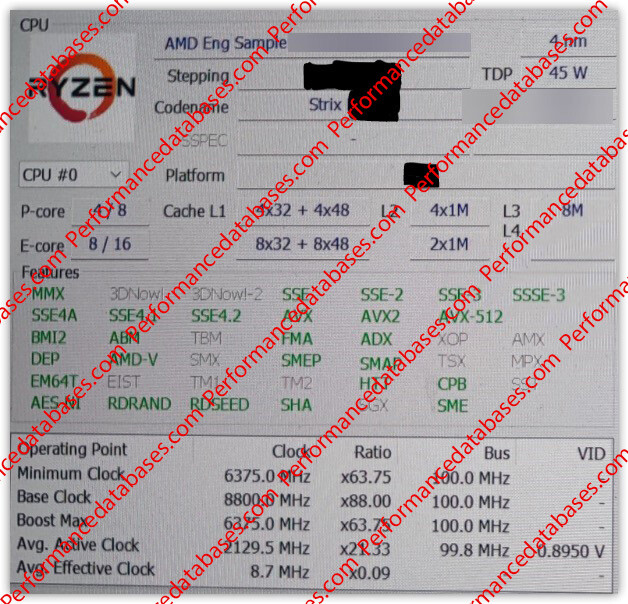- Joined
- Jun 21, 2019
- Messages
- 46 (0.02/day)
big.LITTLE architecture in desktop CPUs is completely retarded idea by Intel. It came as a response to ARM efficiency which is (and will be) out of reach for Intel or x86 arch in general. It makes some sense in laptops, to designate E cores for background tasks and save battery, but it is not something that can help catch-up with ARM in terms of efficiency (this is impossible due to architecture limitations of CISC - and if you respond that "Intel is RISC internally" - it doesn't matter. The problem is with non-fixed length instruction which makes optimisation of branch predictor miserable). Funny part is that AMD without P/E is way more efficient than Intel (but 5-7 times less efficient than ARM, especially Apple implementation of this ISA)







